Last Updated on July 30, 2021
Movie endings, they're usually pretty straight forward right? Everything pays off, the main characters learn something, and our heroes ride off into the sunset. Sometimes though, we don't get the typical ending from a movie, we get something much more nuanced, complex and open ended. The kind of endings that leave things up in the air for all of us to debate and theorize on until we're blue in the face. With Movie Endings Explained, we aim to delve into some of the more ambiguous and mysterious endings to films that have left audiences scratching their heads for years, and to attempt to explain them. In most cases, a definitive answer isn't really there, so we definitely want to hear from YOU on how you interpret the various endings we'll be discussing with this series.
This time we're casting our minds back to the 1970s, a revolutionary period of American cinema, and a towering pillar of that movement was undoubtedly TAXI DRIVER. Martin Scorsese and Robert De Niro's storied, decades-spanning collaboration was still in its early stages, and in this Paul Schrader penned film, we follow the disturbing life of Travis Bickle. A disillusioned veteran who takes up work as a taxi driver in New York City, Travis is on a collision course with a violent outburst that builds with dread throughout the entire film. The last moments of TAXI DRIVER have often been debated, the legitimacy of its final beats in particular falling into question. So let's dig in to what the film presents for Travis Bickle by the close of the story, and what the makers of the movie think of his bizarre ending…







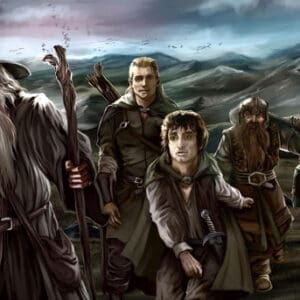
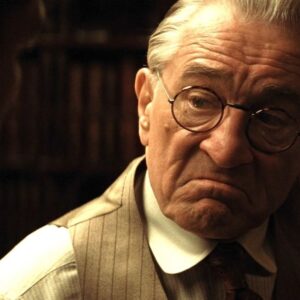

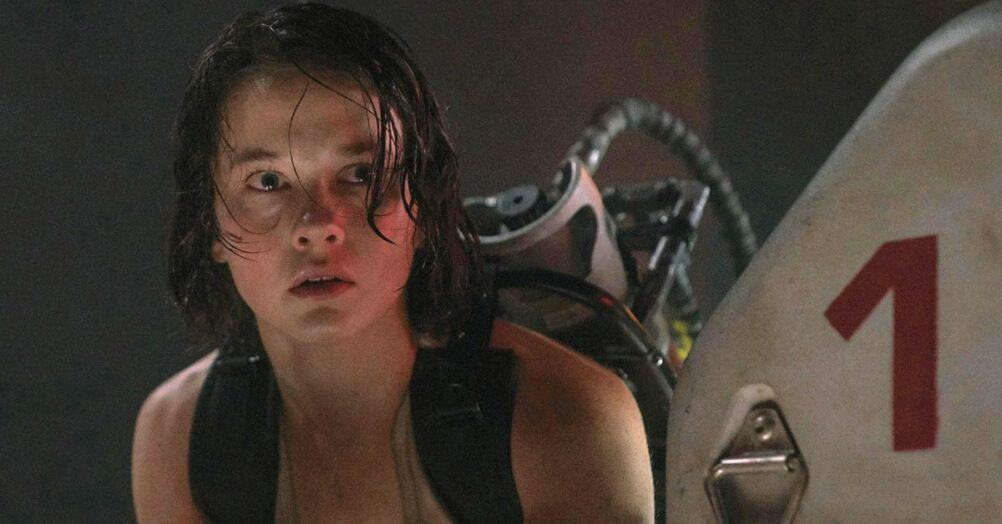


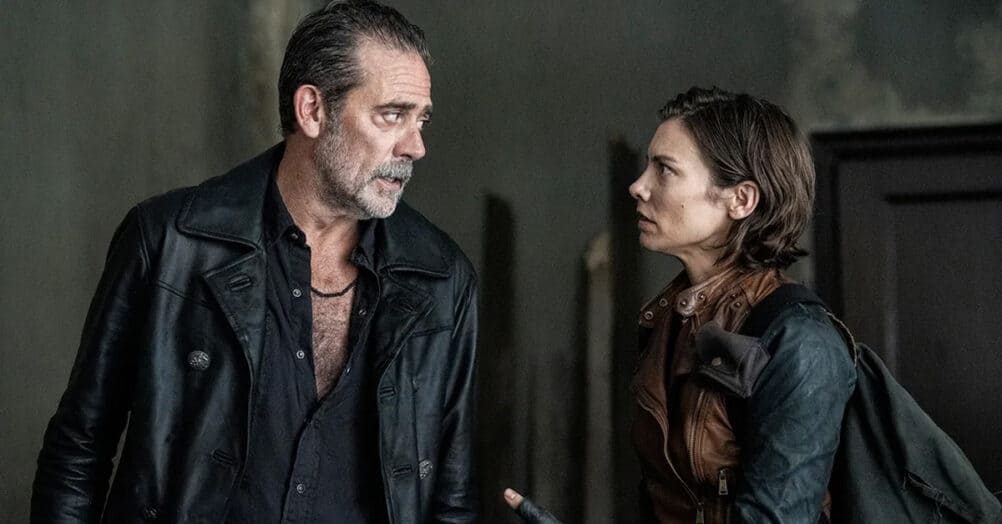
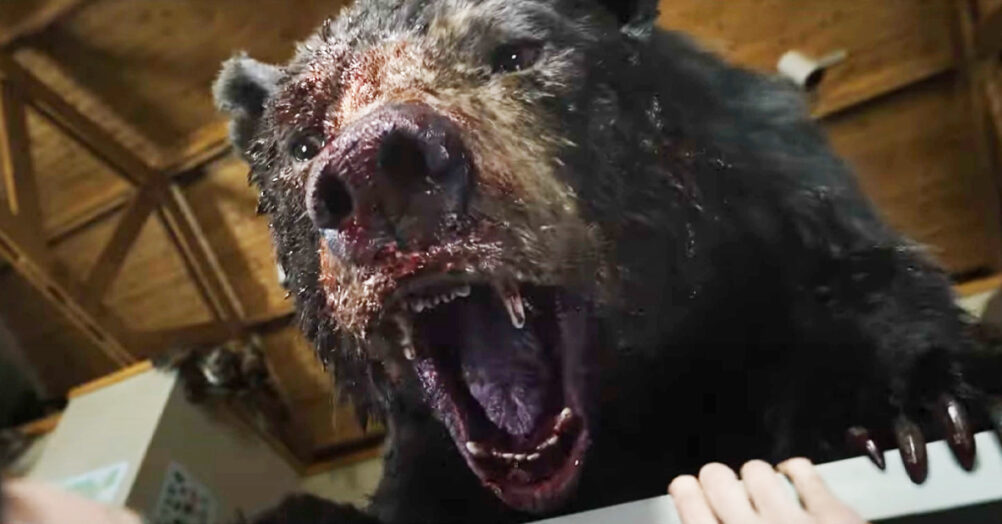




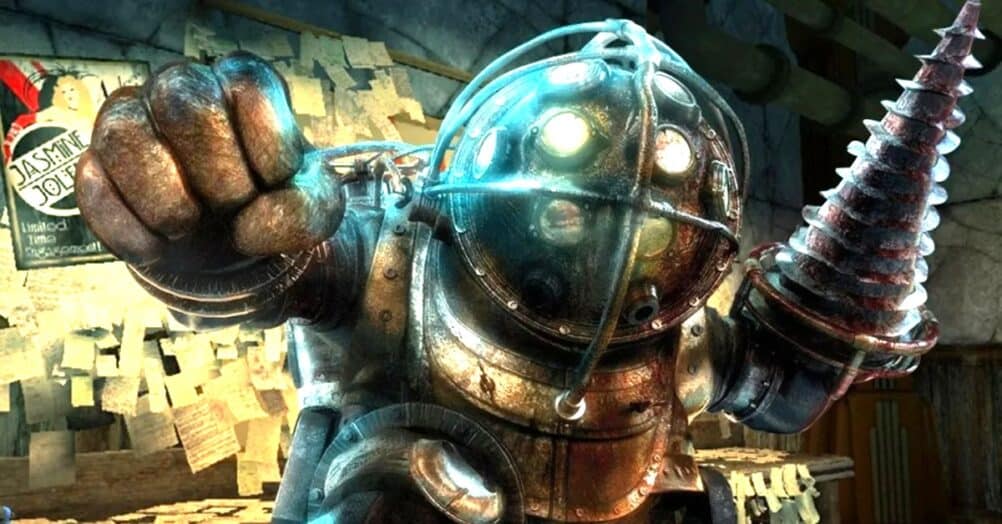
Follow the JOBLO MOVIE NETWORK
Follow us on YOUTUBE
Follow ARROW IN THE HEAD
Follow AITH on YOUTUBE